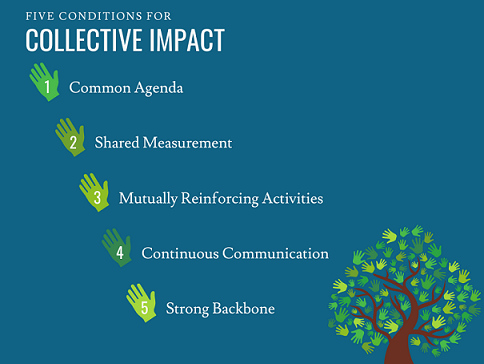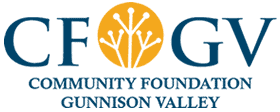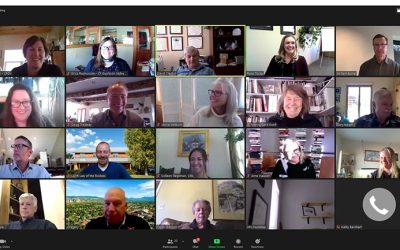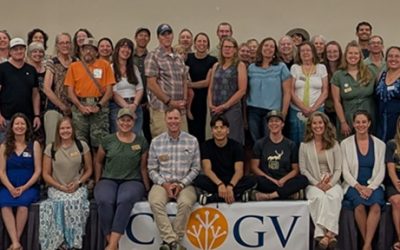Collective Impact, One Year Later
 In March of 2022, the Community Health Coalition (CHC) presented the 2022 State of the Community Report at a series of public meetings. The full report ran 283 pages. We covered it extensively at the time because the findings were so alarming.
In March of 2022, the Community Health Coalition (CHC) presented the 2022 State of the Community Report at a series of public meetings. The full report ran 283 pages. We covered it extensively at the time because the findings were so alarming.
Among other challenges, the report found that somewhere between 30 and 44 percent of community members in the Gunnison Valley live below the Self-Sufficiency Standard. In the report, “Self-sufficiency” is defined as having enough income to cover basic needs without public subsidies or private/informal assistance. The impacts of this challenge stretch into every aspect of our community. Last spring, we also took a closer look at specific challenges outlined in the report related to early childhood education and mental health.
The collective impact approach, in practice for decades and described in a paper published in the Stanford Social Innovation Review in 2011, has been widely embraced to solve “adaptive problems.” That paper described adaptive problems as highly complex problems that no single entity or organization has the resources or authority to solve. The Collective Impact Forum defines collective impact as a network of community members, organizations, and institutions who advance equity by learning together, aligning, and integrating their actions to achieve population and systems level change. Collective impact requires a long-term commitment to working across sectors to achieve equity.
When confronted with the findings in the State of the Community Report, we and our fellow CHC members recognized that we were dealing with an adaptive problem. It was a watershed moment. As a group, we rapidly committed to a collective impact approach to pursue systems change. The Report was released in March of 2022. By the end of April, the CHC came together for a full-day training and retreat to brainstorm on how to move forward and take action to address the findings in the report.
After the training, CHC leadership and stakeholders reflected on discussions from that day and thoughtfully developed a plan over the subsequent months setting priorities for future action. This culminated in the CHC designating three subgroups, each with its own goal:
- to make services and resources more accessible and available to all community members;
- to increase a wide-spread sense of belonging for youth and minority populations; and
- to increase workforce wellness, retention, and development.
It is still early days for the three subgroups of CHC. We’re learning a lot, building a solid foundation, nurturing relationships with community members whose lived experience can help guide the subgroup work, and seeking resources to improve our ability to bring about change. Overall, the will to act and commitment to the process remains strong across the groups involved in the CHC. We expect to see the impact of this effort inspired by the State of the Community Report resonate through the community for many years to come.
To stay up to date on the work of the CHC, please subscribe to our email newsletter or follow us on Facebook.



